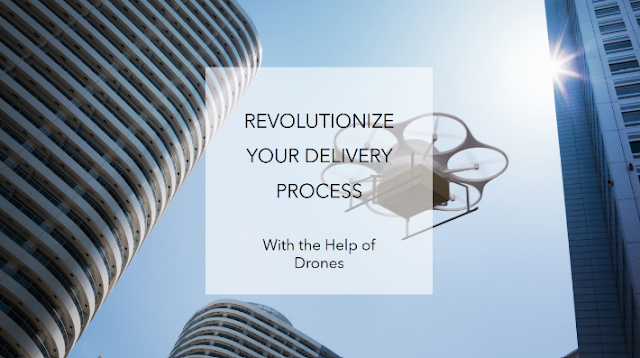Some of the most important things that an Onshore Incident Commander does when an incident or emergency occurs in a company:
- Being the "Primary Point of Contact": Being the only person contacted by the party in need
- Being the "Source of Truth": Being the only person who provides the correct information
- Being the Supervisor of the entire incident
- Being the Manager of all aspects
- Direct team
- Coordinate with the team
- Conduct and maintain clear communication between all parties and team members
- Prevent disruptions from occurring when incidents and emergencies are handled
- Prevent disruptions from occurring within the team's work
- Avoid duplication of work
- Ensure everyone is working according to the established Safety Procedures
- Establish a Chain of Command that is very important for the safety of personnel, business, and customers
- Improve safety, efficiency, and effectiveness during emergencies
The Onshore Incident Commander must have the skills to:
- Plan
- Prepare
- Prevent
- Respond
- Monitor
- Control
- Manage
- Delegate
- Command
- Communicate
- Evaluate
The Onshore Incident Commander must have the knowledge about:
- Major emergencies/incidents: Controllable ones, escalated ones and uncontrollable ones
- Emergency / Incident Plans and Procedures
- Emergency / Incident Management
- Incident Command Structure
- Incident Command Post Facilities
- Incident Management Team
- Stress
***
I am Astrid Amalia, the Founder of GWB (GlobalWide Business) at https://globalwidebusiness.blogspot.com.
I write about #Fire, #Safety, #Survival, #Training, #Course, #Oil, #Gas, #Emergency, #Offshore, #Onshore, #Rescue, #Security, #Digital, #Online, #Education, #Leadership, #Collaboration, #Innovation, #Excellence, #Technology, #Health, #Yoga, #Social, #Life, #Mental, #Business, #DJI, #Drone, #AI, #Robot, and more.
Find me in Linktree: astrid.amalia
Note: Image by Microsoft Designer.



























